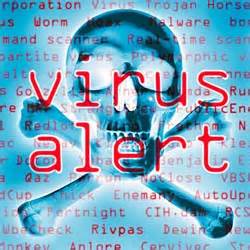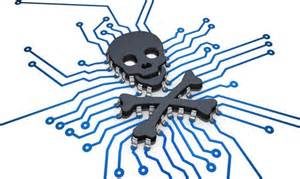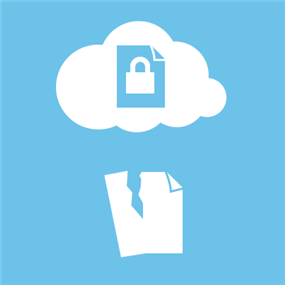 Check out some old World War II propaganda posters and you’ll see the phrase “Loose lips sink ships” popping up now and then. Various armed forces have used some equivalent, like the British “Keep mum” posters, Germany’s “Schäm Dich, Schwätzer!” which translates to “Shame on you, blabbermouth!” The essential message is the same: Be careful who you talk to and what you say when dealing with details best kept private.
Check out some old World War II propaganda posters and you’ll see the phrase “Loose lips sink ships” popping up now and then. Various armed forces have used some equivalent, like the British “Keep mum” posters, Germany’s “Schäm Dich, Schwätzer!” which translates to “Shame on you, blabbermouth!” The essential message is the same: Be careful who you talk to and what you say when dealing with details best kept private.
When there’s a leak, it’s easy to start wondering who’s mad at you. Maybe you passed someone over for a promotion and they’re getting revenge by leaking sensitive information to a competitor. Maybe somebody you lost in a downsizing is having trouble getting work so they’re not afraid to burn their bridges. Or maybe… someone had a little too much to drink and started bragging about your company’s government contract or cutting-edge tech design in order to impress people at the bar.
In the movies, we see corporate espionage experts cracking code and even sneaking into government and corporate buildings in elaborate plans to get some juicy data on a thumb drive. In real life, it may well be that leaks are, more often than not, just embarrassing accidents.
Insurance may be able to help you recover when certain data is leaked, but it’s best if it doesn’t come to that. Cyber security won’t do you much good when your employees fail to appreciate the importance of keeping mum. Here are a few tips to ensuring that your people know how to keep a secret:
- Repetition of the message. Repetition is the difference between confidently sharing a piece of trivia as a “commonly known fact” or qualifying it with “I think I read somewhere that…” A briefing on company security and discretion will help, making sure that confidentiality is a consistent part of your business culture will help more.
- Hire people you can trust. If they have experience with sensitive data, then they already know the drill.
- Establish a Need To Know protocol. If someone isn’t on a sensitive project, they don’t need to know about it.
- Non-disclosure agreements. People who risk breaching their contract if they spill the beans have a little extra incentive to keep a secret.
Most employees don’t want to jeopardize their employer, and most secrets are leaked by accident. Just make sure to impart to your people the importance of keeping sensitive information under wraps.











